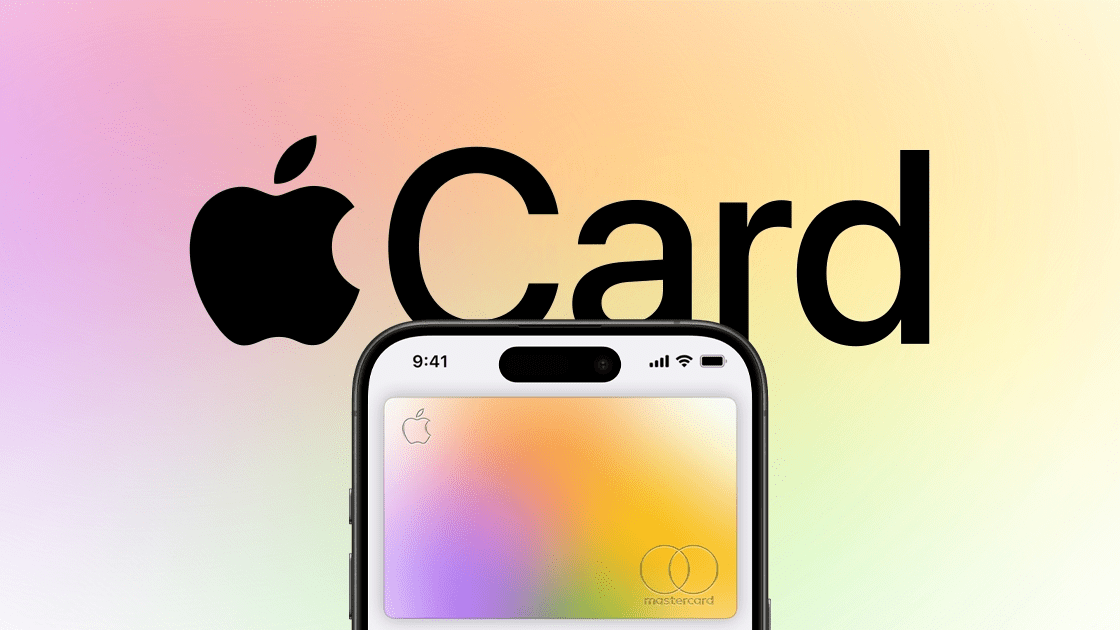Apple’s Commitment to Privacy in Emergency Situations
Apple recently responded to the Canadian Radio-television and Telecommunications Commission (CRTC) regarding the privacy and data use of its Emergency Location Service (ELS) and Hybridized Emergency Location (HELO) technology. This response follows a request from Mr. Michael Murray, Director of Dispute Resolution and Regulatory Implementation at the CRTC.
In a letter dated June 14, 2024, Apple reiterated its commitment to privacy as a fundamental human right. The company emphasized that they design products and services with user privacy in mind, ensuring minimal access to personal information by Apple or any third parties.
Key points highlighted in Apple’s response include:
– Data minimization practices
– User-controlled permissions
– Encryption for enhanced security
– Limiting location data access during emergency situations
Apple clarified that HELO is a location estimation technology, not a transport technology. In Canada, HELO estimates are shared with Wireless Service Providers (WSPs) using standard protocols like Session Initiation Protocol (SIP) and Presence Information Data Format – Location Object (PIDF-LO).
Unlike Android devices that use Google’s Emergency Location Service (ELS), Apple’s HELO technology sends emergency location data to mobile carriers first, who then forward it to emergency services. This approach ensures privacy is maintained throughout the process.
During a 911 call, Apple devices estimate the user’s location using available signals and send this information directly to telecom networks without server-side calculations. This device-based location estimation process guarantees user privacy by only sharing information with the network handling the emergency call.
Tim Powderly, Apple’s Senior Director of Public Policy and Government Affairs for the Americas, signed off on the letter, reaffirming Apple’s commitment to protecting user privacy in all situations.
In conclusion, Apple’s proactive approach to privacy in emergency scenarios sets a high standard for data protection in telecommunications. By prioritizing user control over personal information and implementing robust encryption measures, Apple ensures that user privacy remains at the forefront of their technological advancements.









